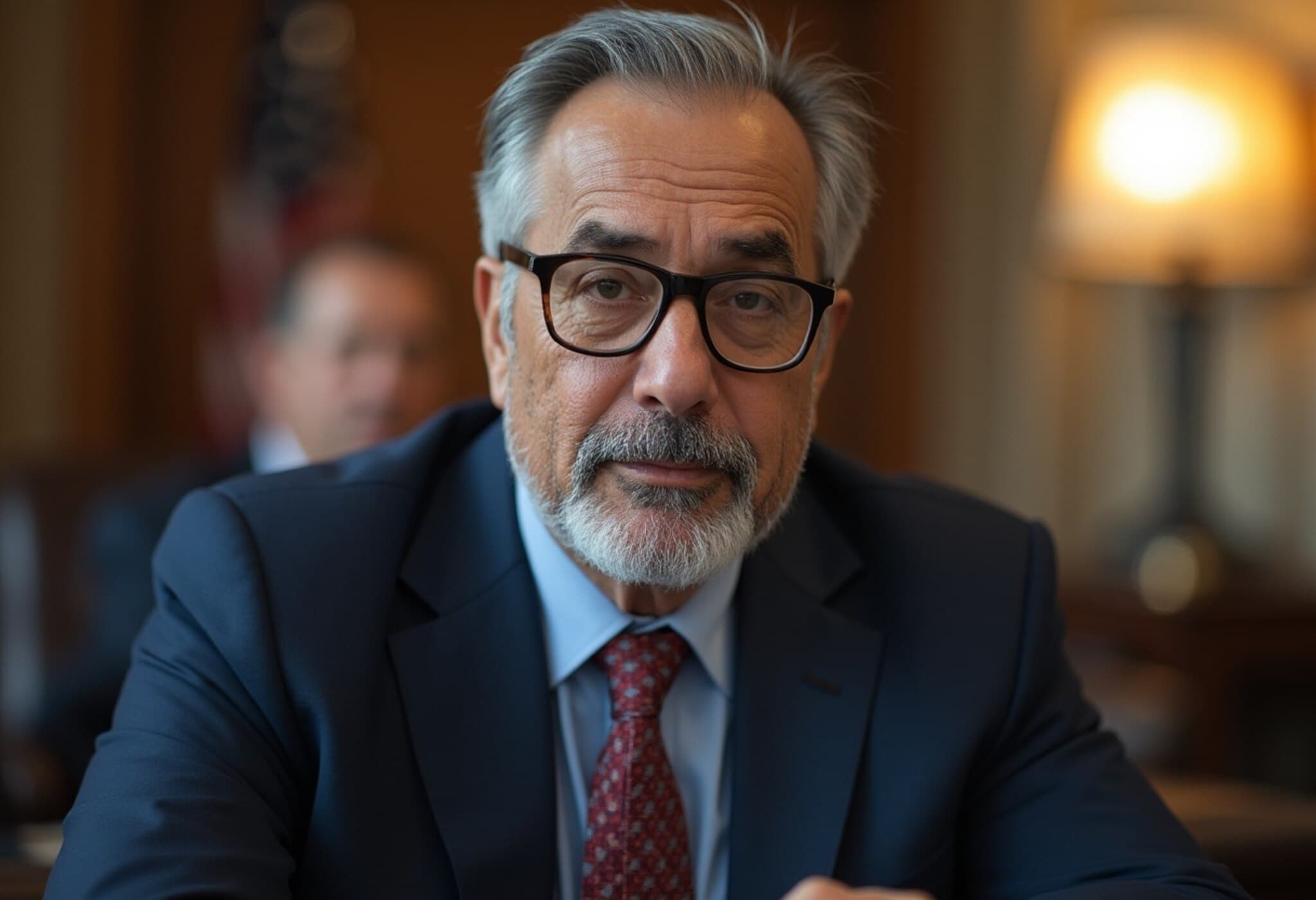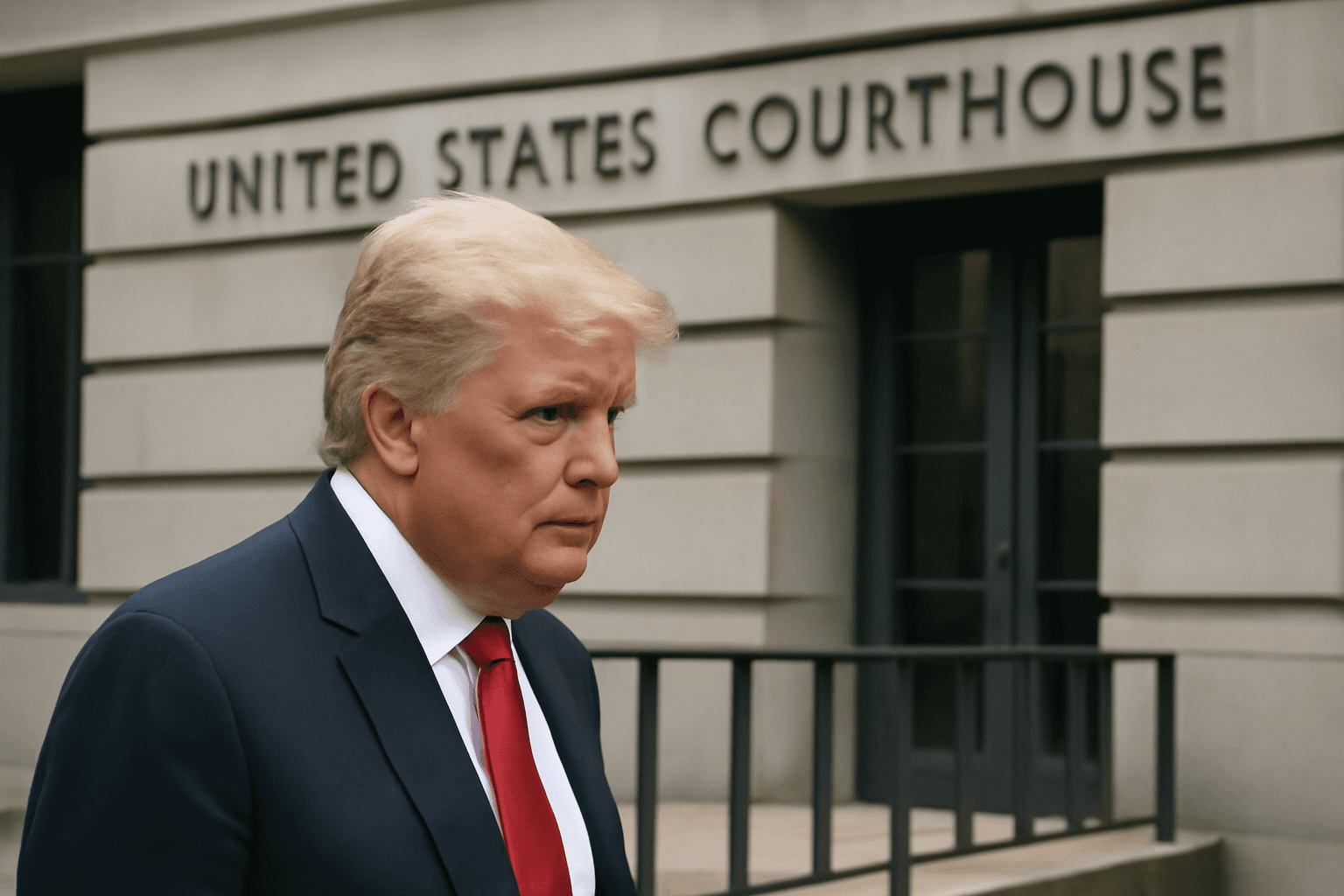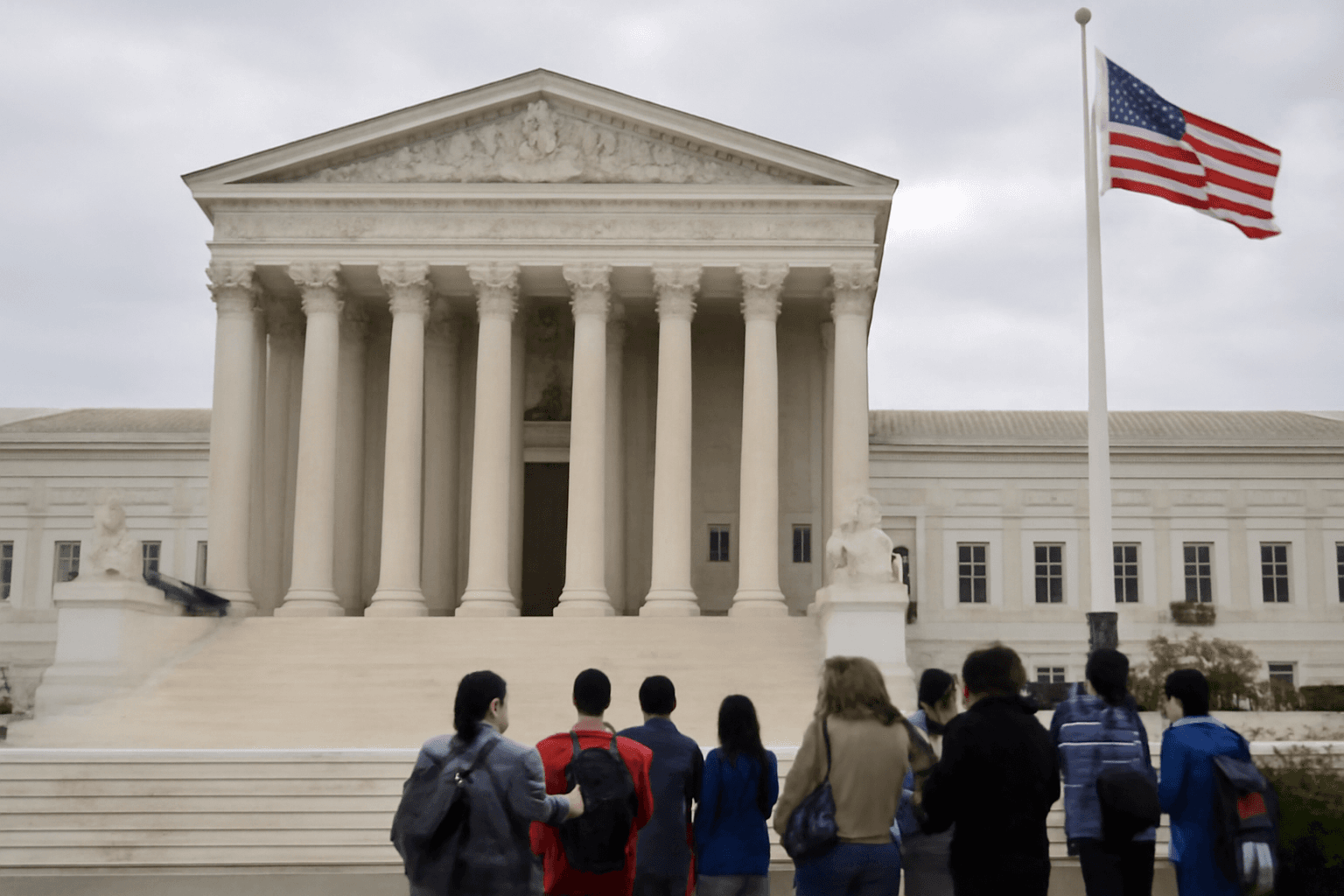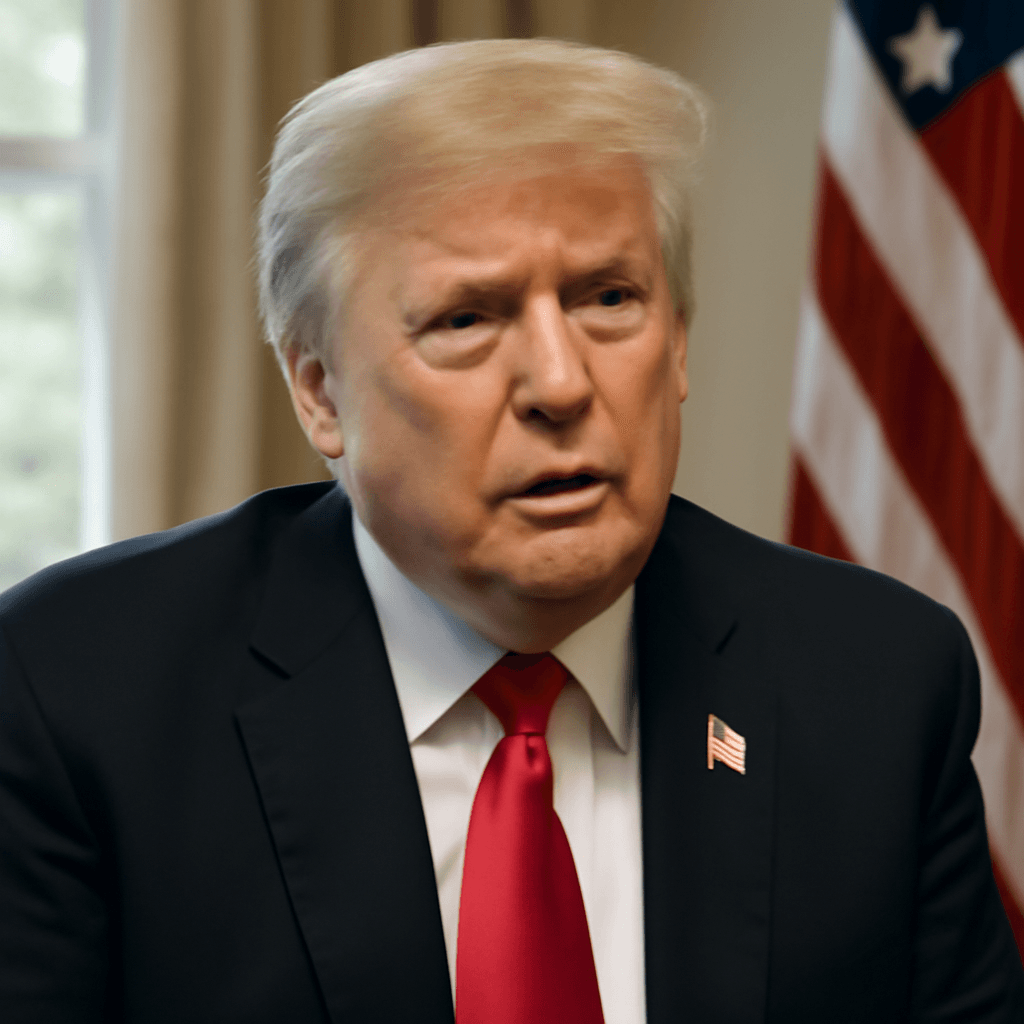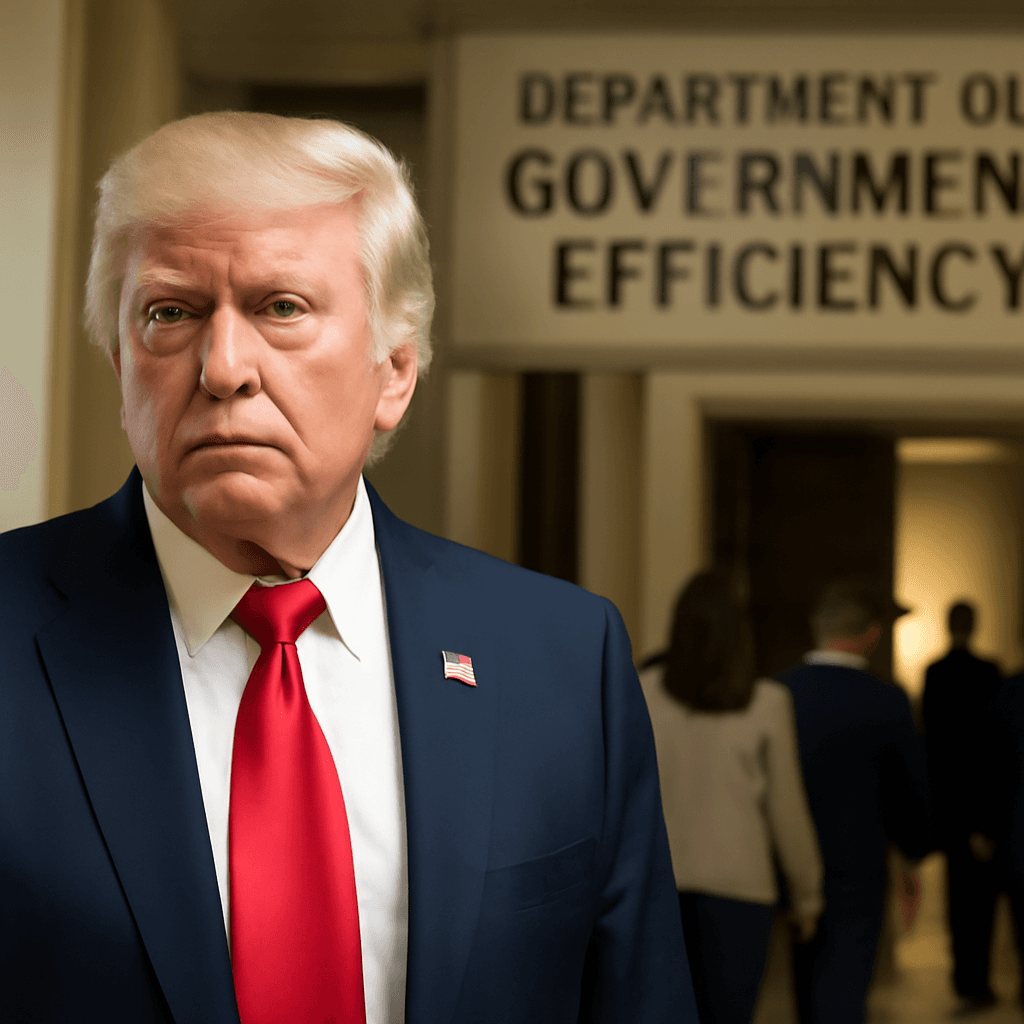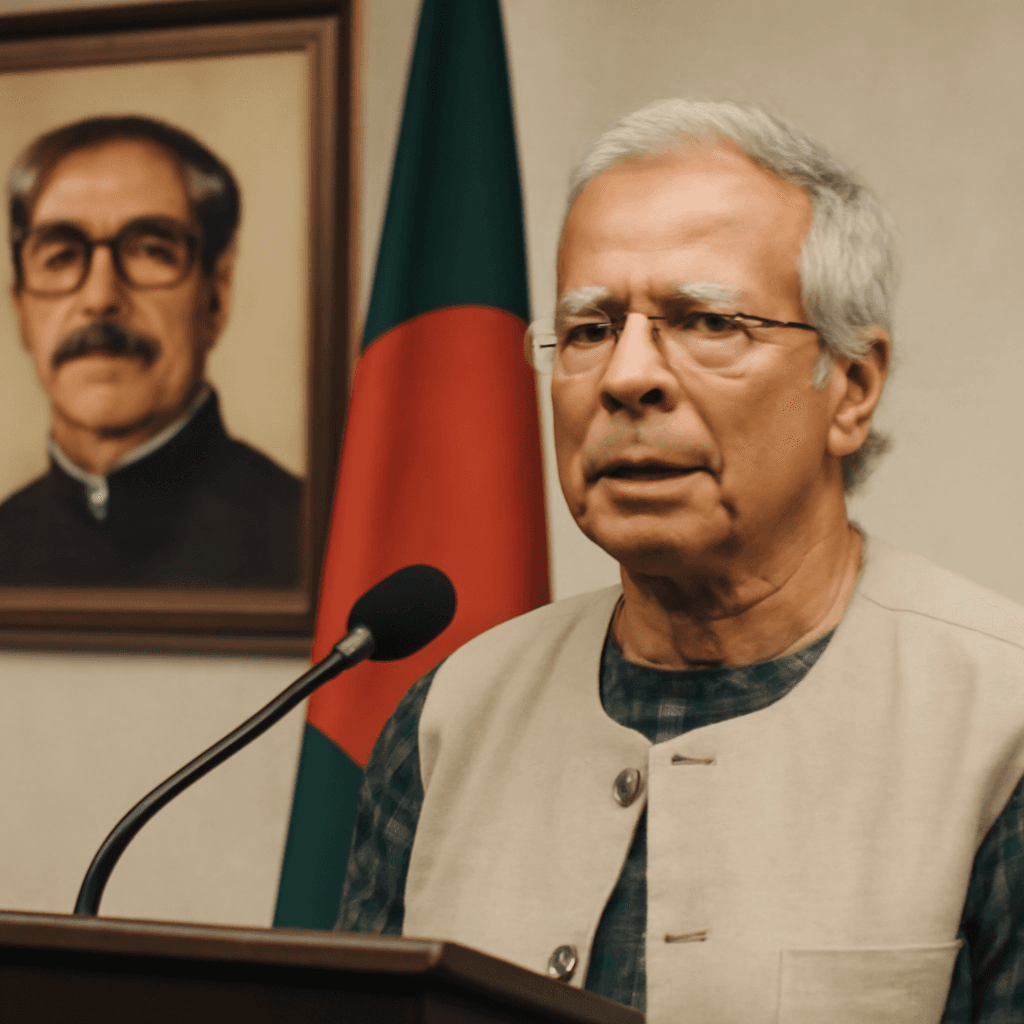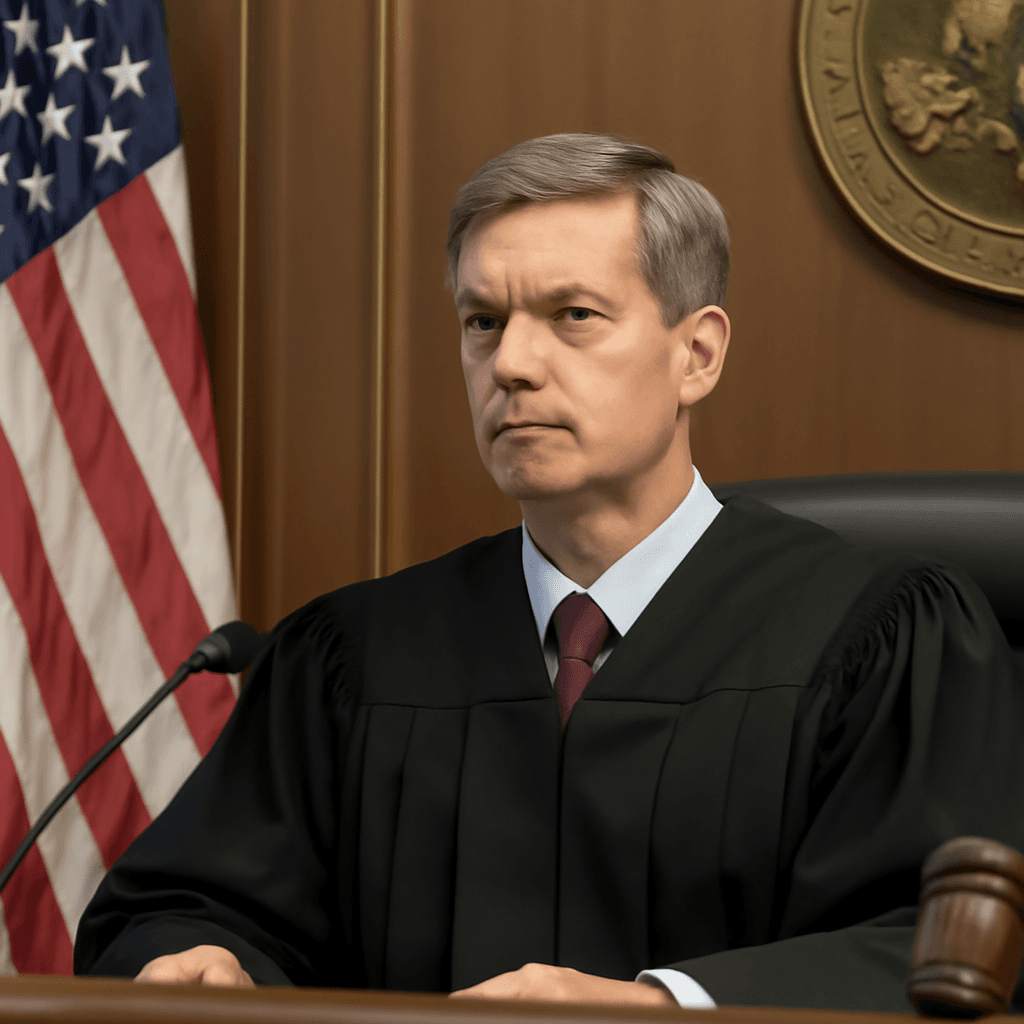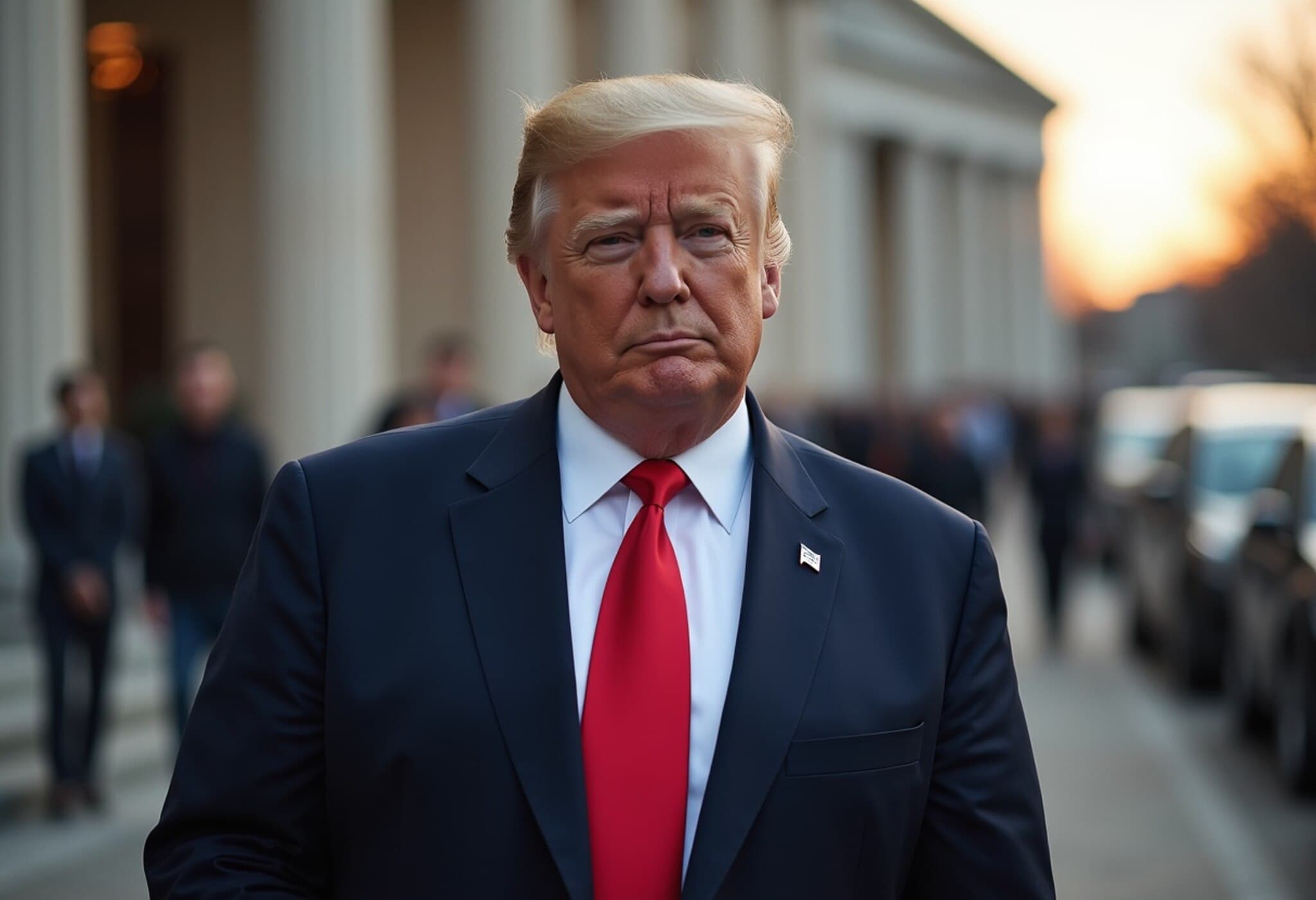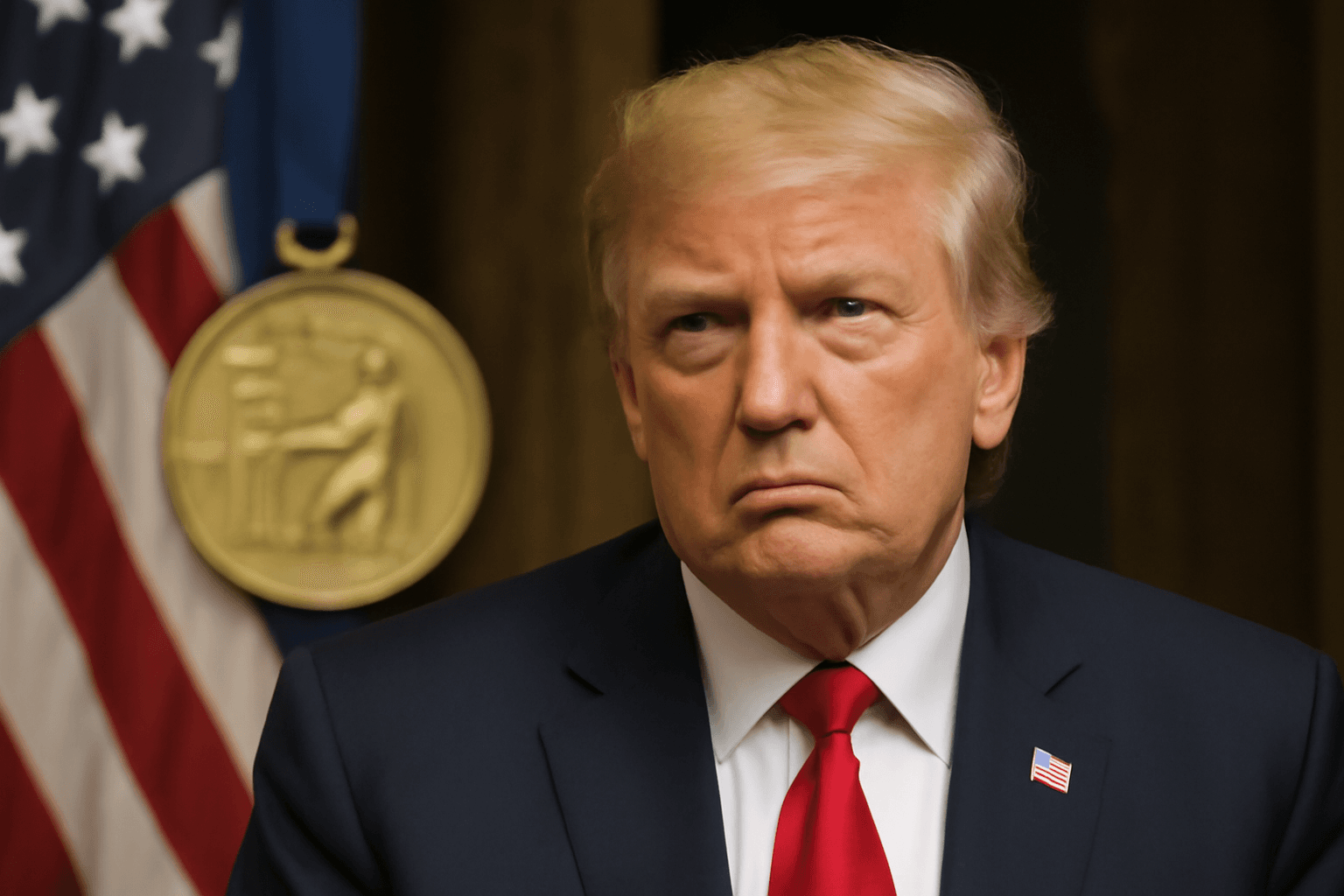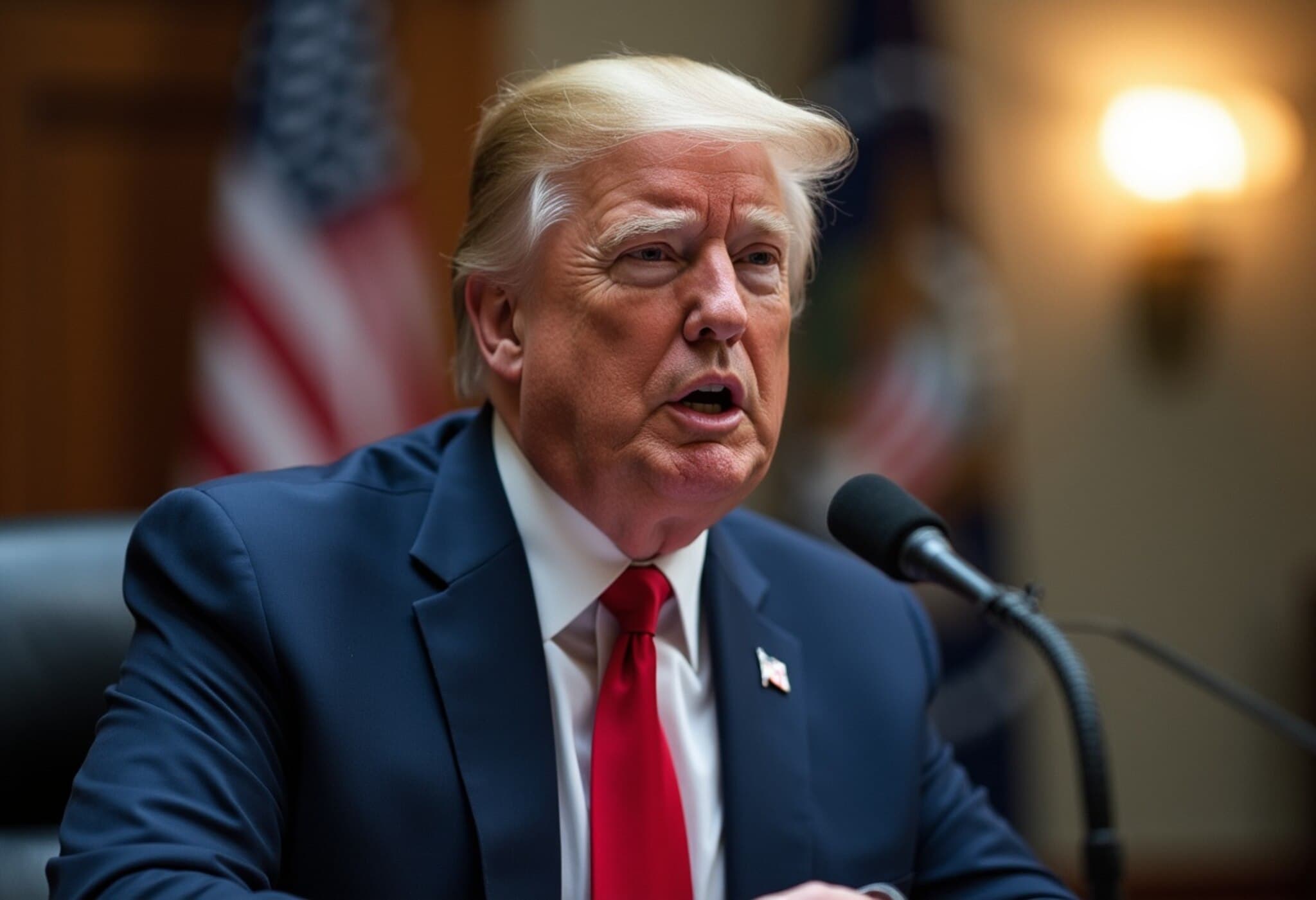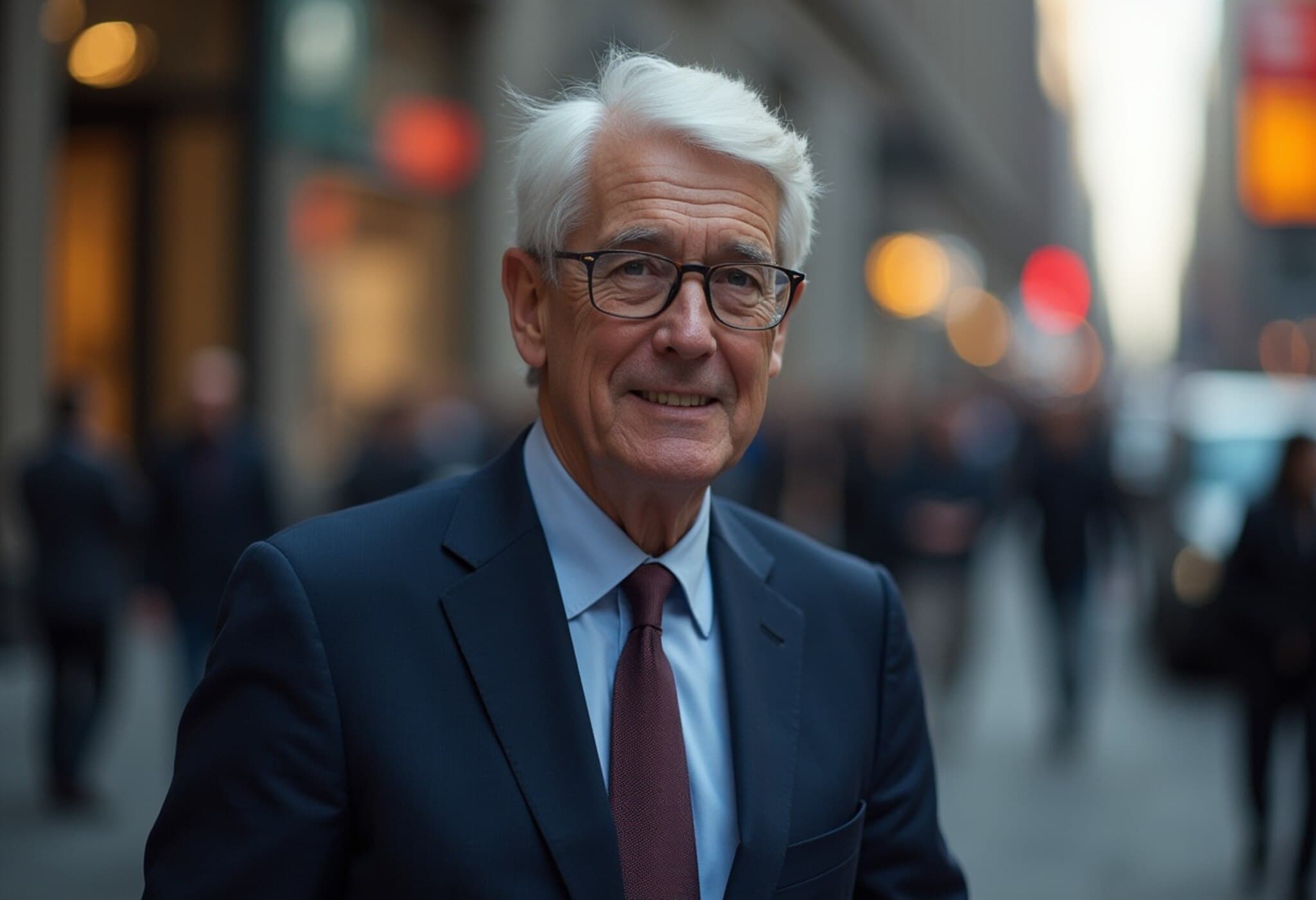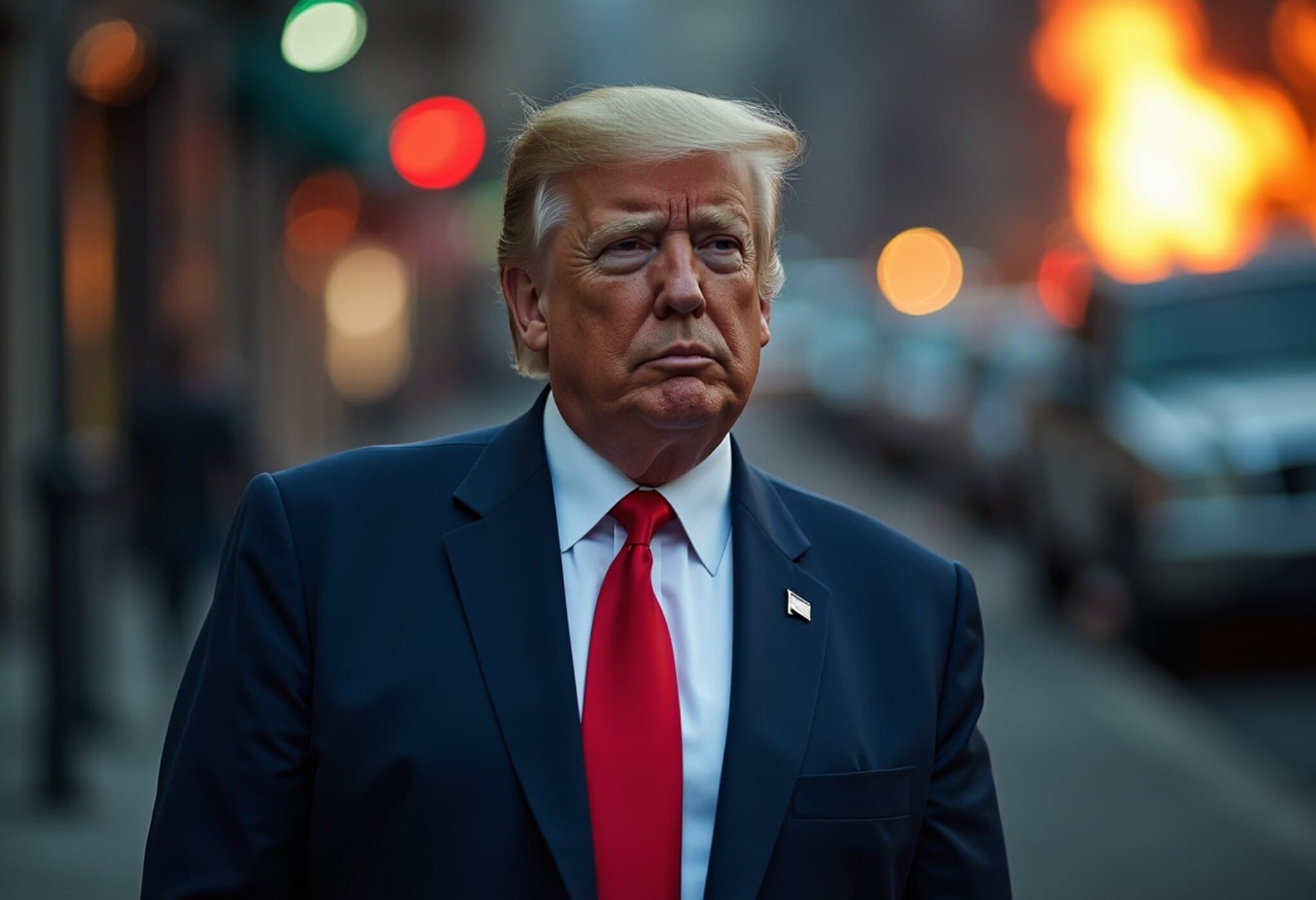FBI Director Kash Patel Secures $250,000 in Defamation Case Against Blogger
In a notable legal victory for FBI Director Kash Patel and his Kash Foundation, a federal judge in Las Vegas recently granted a default judgment against blogger Jim Stewartson, awarding Patel a combined $250,000 in compensatory and punitive damages. The lawsuit stemmed from Stewartson's inflammatory claims that Patel was a “Kremlin asset,” sought to overthrow the U.S. government, and orchestrated the January 6, 2021, Capitol attack by supporters of former President Donald Trump.
Background of the Lawsuit and Allegations
Patel, a former Trump loyalist who was confirmed as FBI Director by the Senate despite controversy, sued Stewartson for defamation, injurious falsehood, and business disparagement. The blogger had repeatedly published provocative statements across his Substack platform and social media, alleging Patel's involvement in nefarious activities intended to undermine the U.S. democratic process.
The defamation suit sought a hefty $10 million in damages but culminated in a default judgment after Stewartson failed to respond to court filings. Judge Andrew Gordon emphasized the fine legal line between protected free speech criticizing public officials and actual malice constituting actionable defamation.
Legal Reasoning and Court Findings
In his ruling, Judge Gordon acknowledged that while "factual criticism and opinions about public figures are protected speech, defamatory falsehoods with actual malice are not safe under the First Amendment.” He criticized Stewartson’s unfounded accusations as malicious and damaging, warranting both compensatory and punitive damages to deter similar conduct.
However, the judge also noted the absence of firm evidence showing serious harm to Patel's professional reputation or the foundation's finances. Despite claims that the defamatory statements impacted Patel’s public image and the foundation’s donor base, Patel’s subsequent Senate confirmation and the lack of documented lost business tempered this aspect.
Responses and Broader Implications
Stewartson maintained that he was never officially served with the lawsuit and characterized the legal actions against him as intimidation tactics aimed at silencing his investigative reporting, particularly on Patel and Michael Flynn’s alleged ties to the QAnon movement and the events of January 6. He vowed to pursue counter-legal action, framing himself as a journalist under attack.
The FBI declined to comment, and Patel’s legal team highlighted Stewartson’s previous efforts to evade service—a procedural necessity—before successfully delivering the complaint months after filing.
Expert Perspective: Defamation Law in the Digital Age
This case underscores an evolving battleground in U.S. defamation law, especially concerning public figures and digital platforms. Law experts point out that while free speech robustly protects political criticism, deliberately false claims that damage someone's reputation can lead to significant legal consequences.
Additionally, the case raises urgent questions about accountability for online content creators and the balance between preventing misinformation and preserving free discourse—a challenge in the era of social media amplification.
What This Means for Public Figures and Media Consumers
- Public figures must navigate a complex web of legal protections and vulnerabilities when responding to online criticism.
- Journalists and bloggers need to adhere to standards of accuracy to avoid litigation and protect credibility.
- Consumers of news and information should critically evaluate sources and claims, especially regarding politically charged topics.
Editor’s Note
FBI Director Kash Patel’s successful defamation case highlights the tension between free expression and the protection of reputation in a polarized political landscape. As the digital age democratizes information dissemination, it also complicates discerning fact from fiction. This judgment may signal a growing willingness of public officials to legally challenge false narratives but also invites scrutiny over the lines between legal recourse and potential attempts to stifle dissent.
For readers, the case serves as a reminder to critically engage with politically sensitive content, question sources, and understand the legal ramifications of speech in the interconnected media ecosystem.

